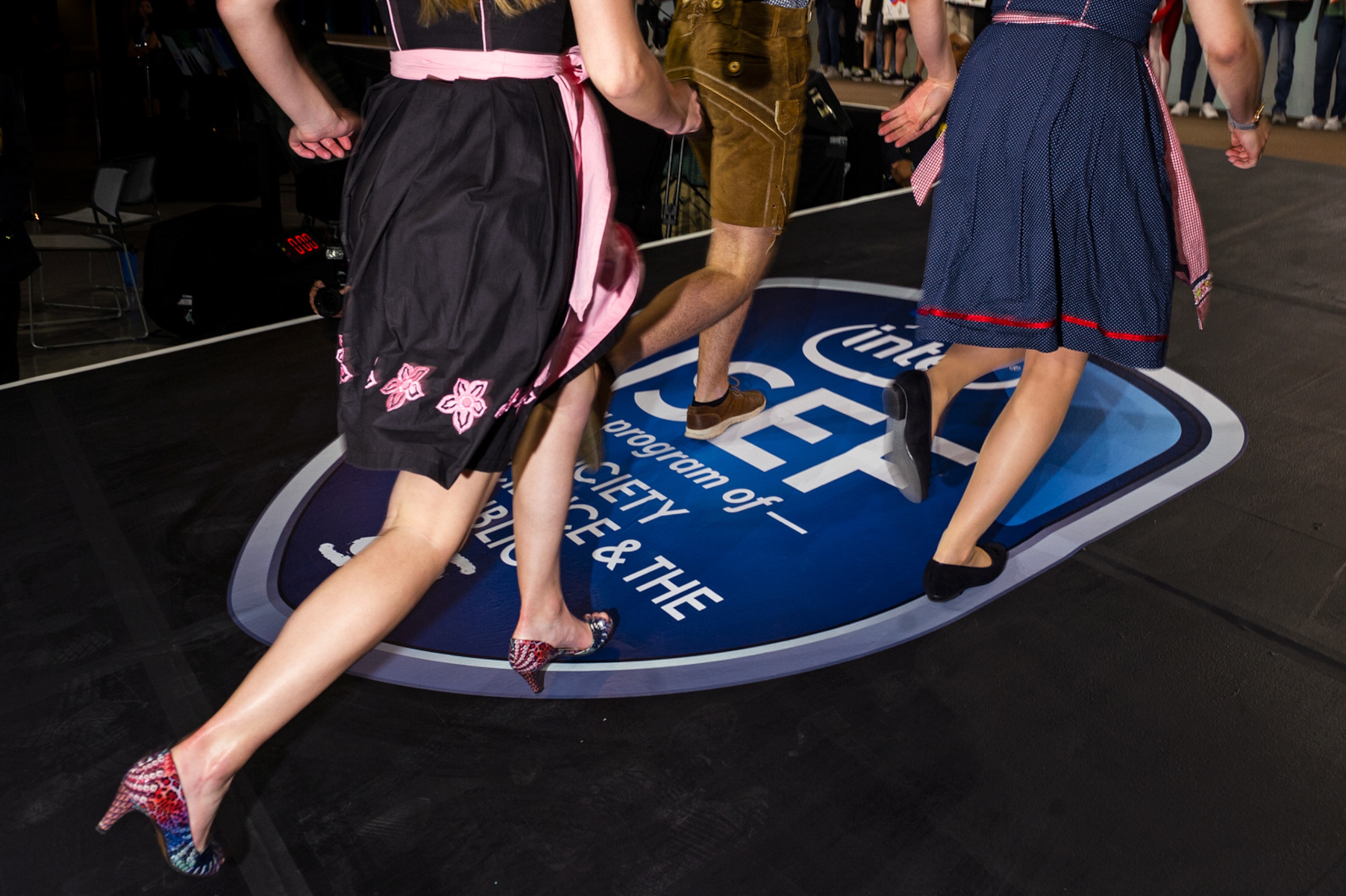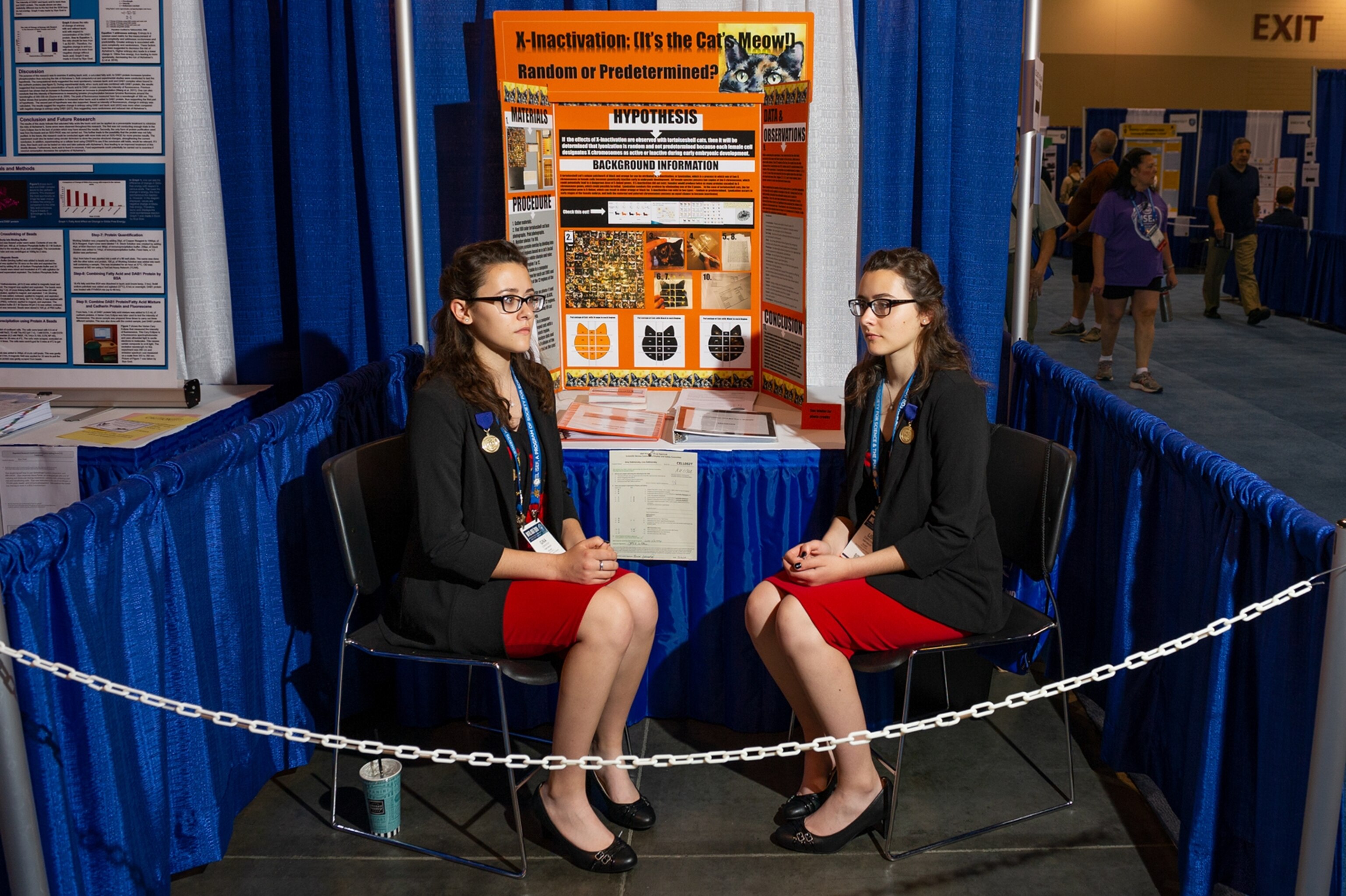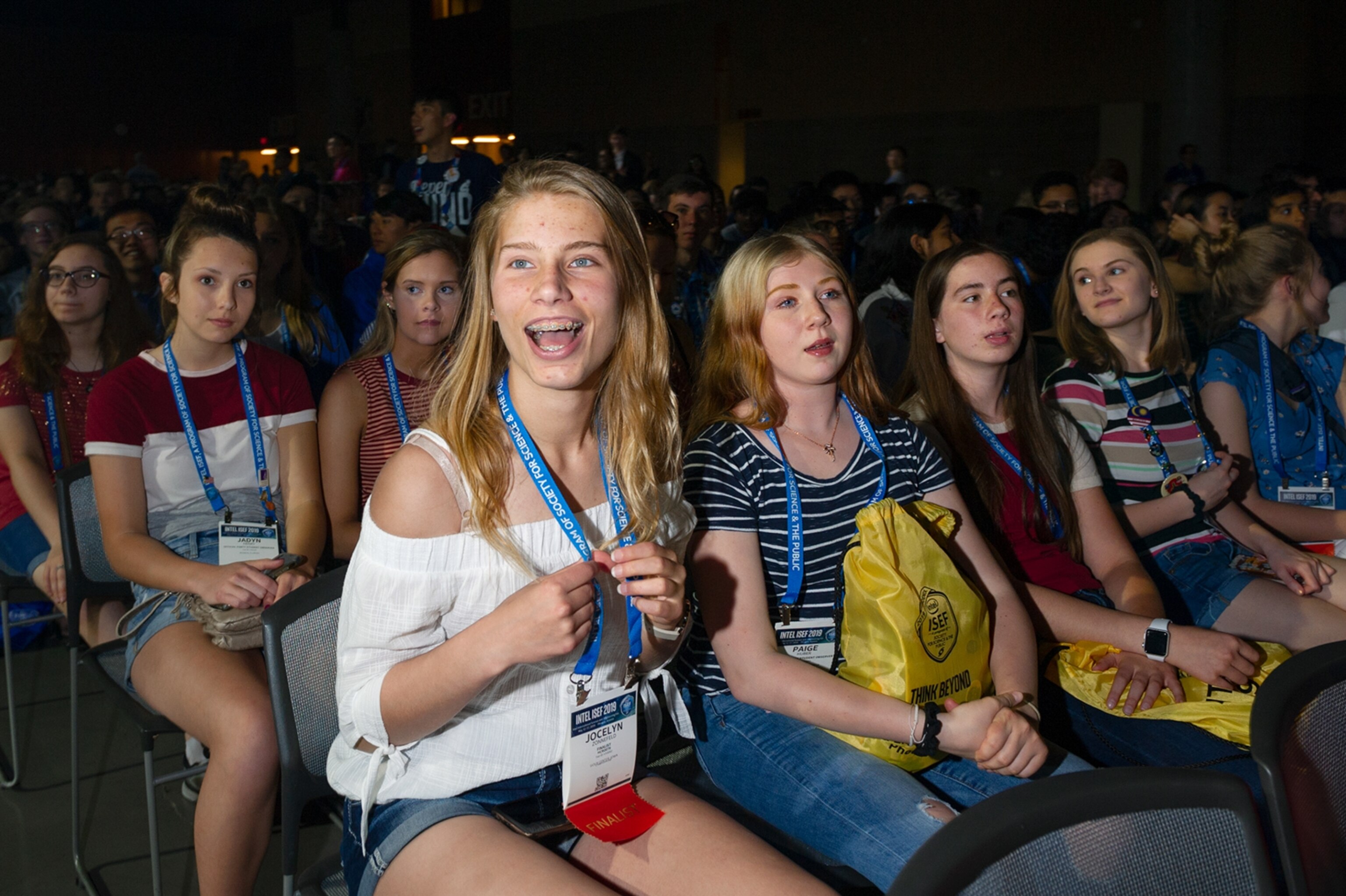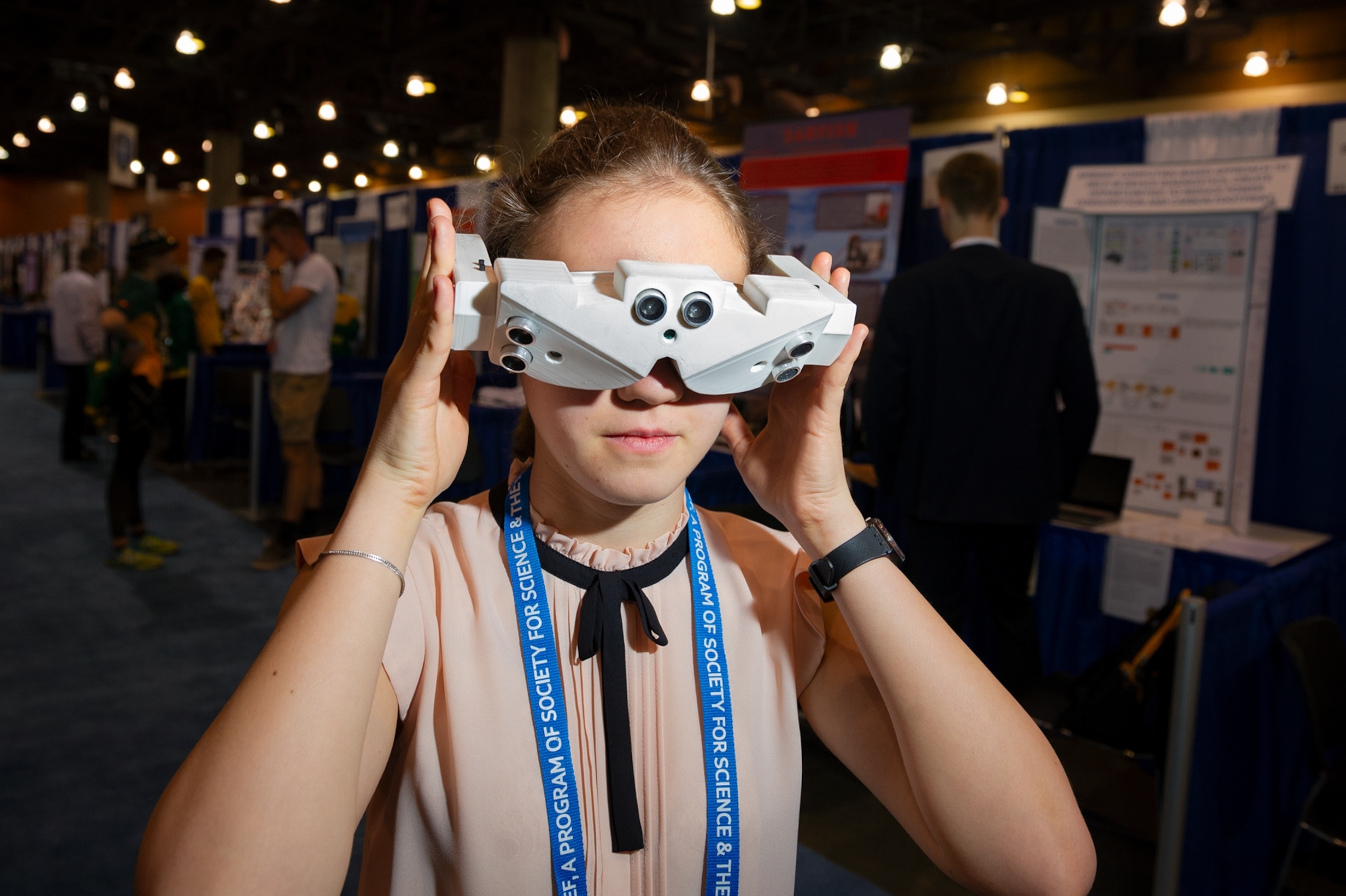
For girls in science, the time is now
Programs in science, technology, engineering, and math are boosting a new generation of female students—and countering some familiar barriers to success.
Sixteen-year-old Shriya Reddy can't remember a time when she wasn’t excited about science. At seven, she read biology books with her mother, who was studying for her medical board exams. By sixth grade, Reddy was competing in rigorous science fairs. The summer before ninth grade she began doing research in a bioengineering lab at Wayne State University in Detroit, Michigan, where she devised a noninvasive approach for rapidly diagnosing melanoma lesions. The project earned her a top prize at the prestigious International Science and Engineering Fair (ISEF) last May.
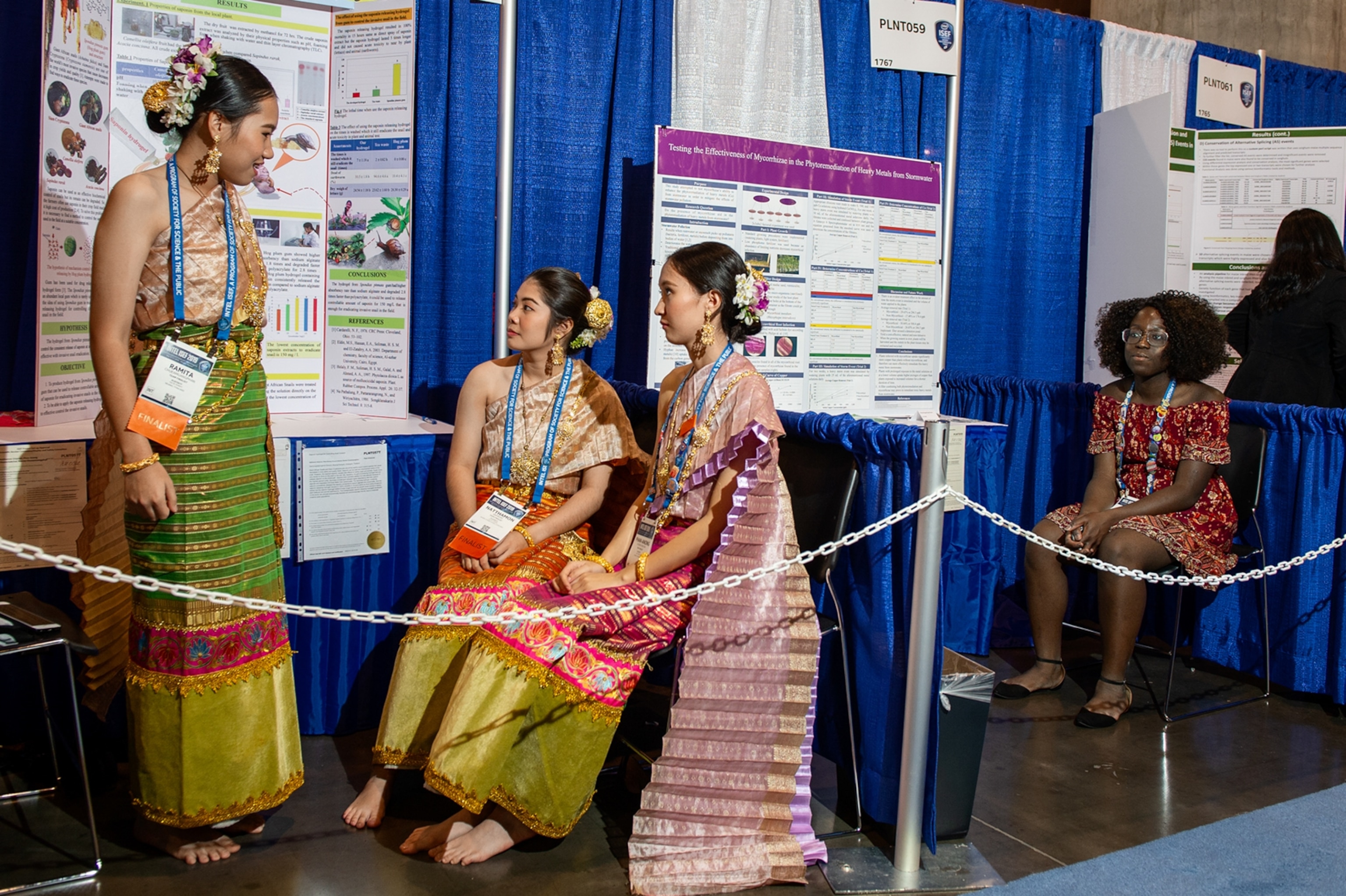

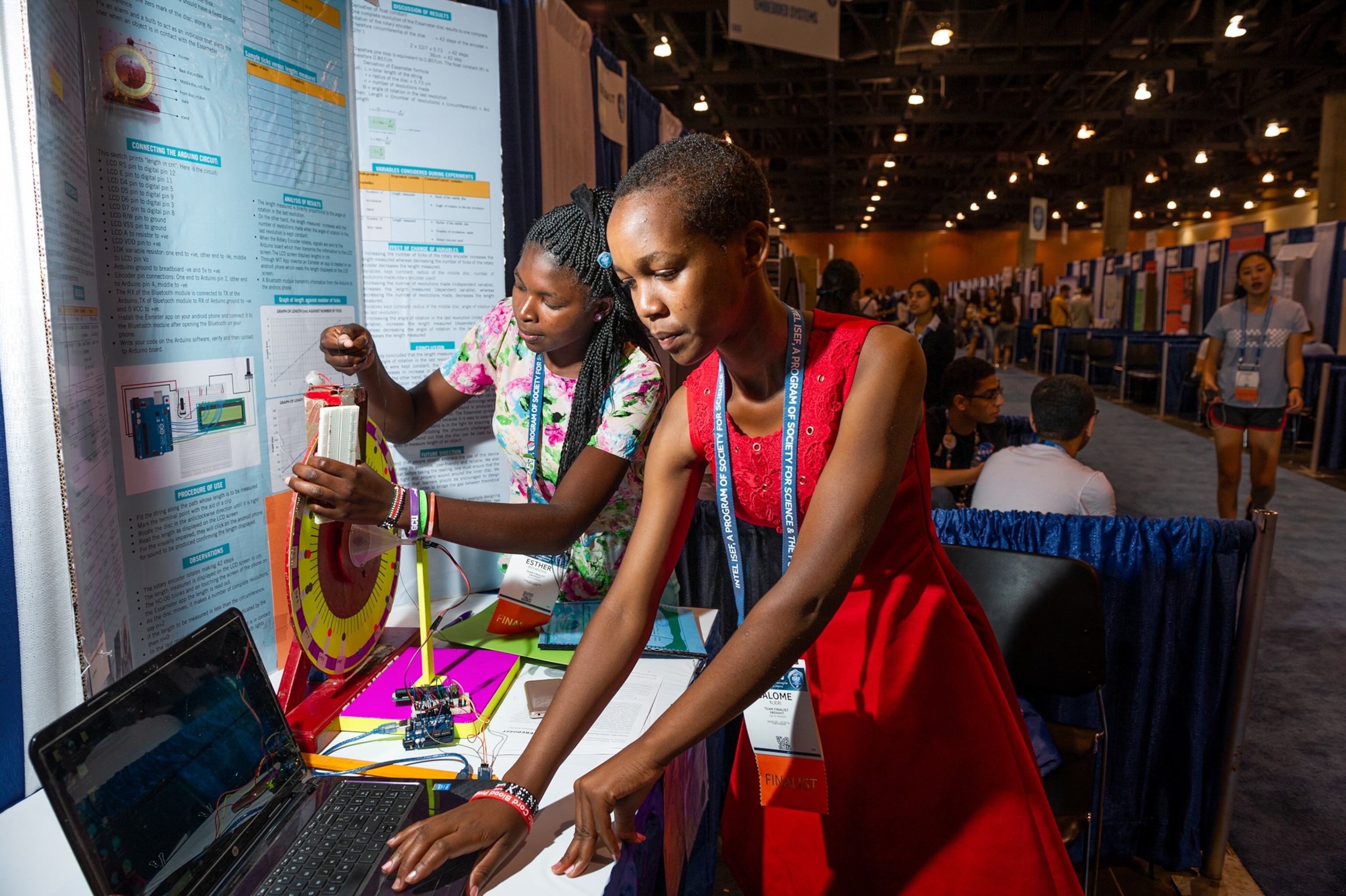

“Science dwells on the how and why things happen,” Reddy says. “I really want to be a part of that.” Reddy’s determination coincides with a growing effort across the United States to boost the number of female students pursuing careers in science, technology, engineering, and mathematics (STEM). Universities and institutions, from NASA to the United States Naval Academy, are hosting STEM days for girls. Organizations such as the New York Academy of Sciences are pairing women in STEM careers with girls seeking advice and mentorship. ISEF, a program of the Washington, D.C.-based Society for Science & the Public, offers a forum for select high school students to compete at an international level. This year’s event had 1,842 finalists, evenly split by gender, and three of the top four awards went to young women, including Reddy. “Just being part of that experience blew my mind,” she says.



Mary Sue Coleman, a biochemist and president of the Association of American Universities, is optimistic about women’s future in science. When she was in ISEF as a high school student in 1959 and 1960, about 35 percent of the participants were girls. Gender balance matters, she says, because women bring fresh perspectives to tackling scientific conundrums. “People who have different life experiences ask different questions,” she says. Clear gaps remain. Young women at ISEF outnumbered males in microbiology and biochemistry this year, but they made up fewer than a third of the finalists in mathematics and engineering mechanics. More women are getting advanced STEM degrees, but men hold most professorships and leadership roles in STEM-based industries, the Association for Women in Science says.
Still, a transformation is taking place, says Maya Ajmera, president and CEO of the Society for Science & the Public. Young women, inventive and tenacious, are harnessing technology to tackle issues they care about, whether it’s engineering nutritionally advanced rice or using a crocheting technique to design a wearable Bluetooth device. For these emerging scientists, “it’s going to be different,” Ajmera says. “I feel very confident that this generation of girls is in a much better place to take on the world’s most intractable problems.”
